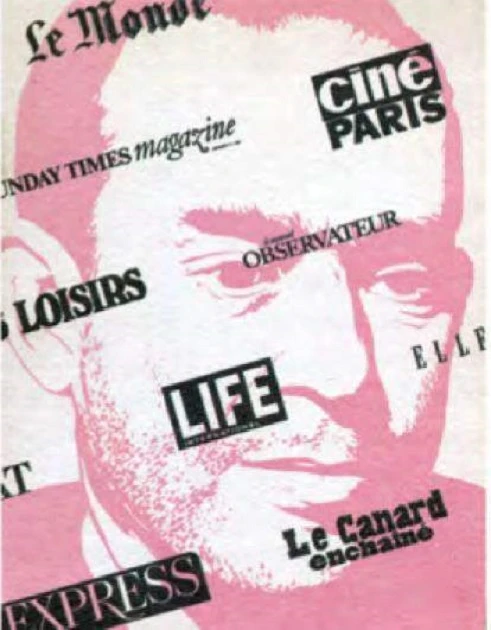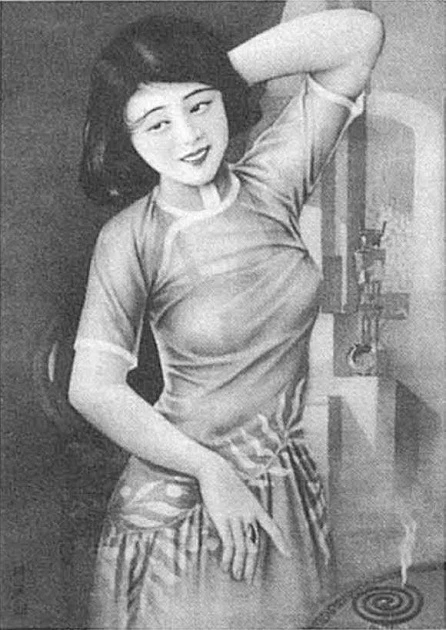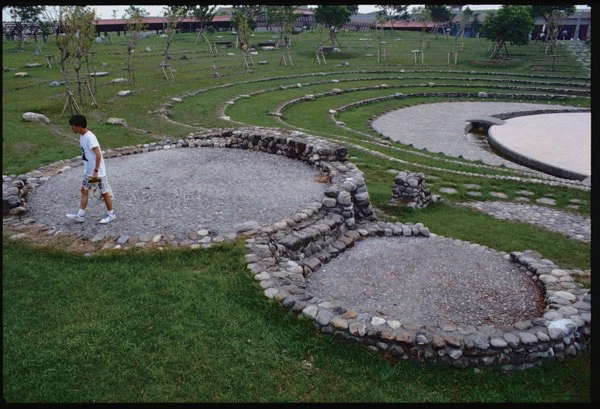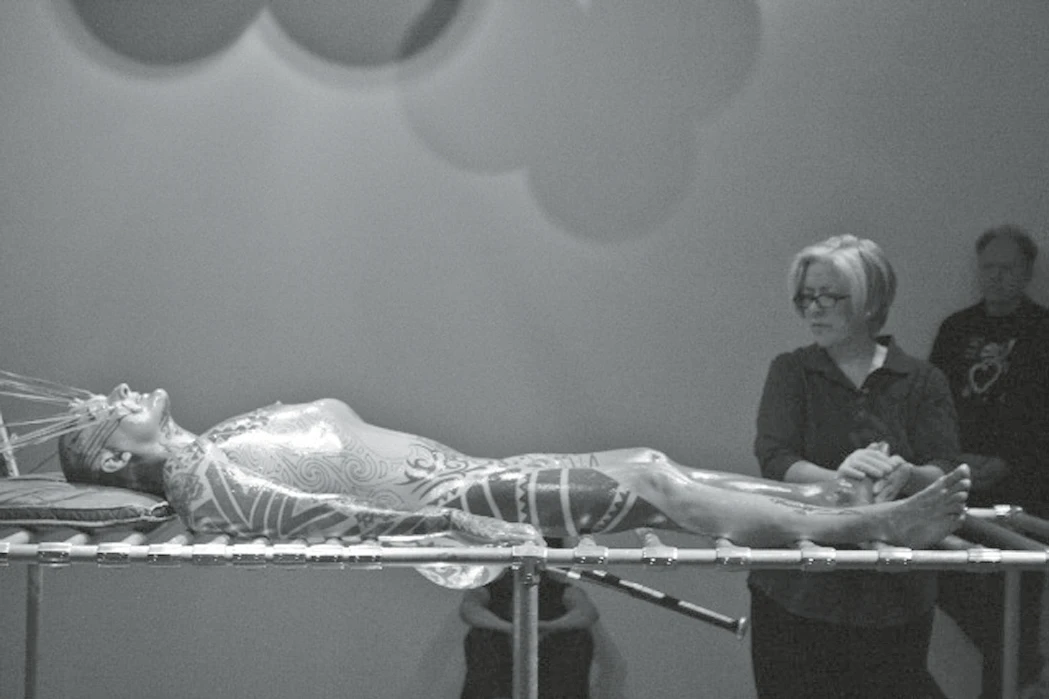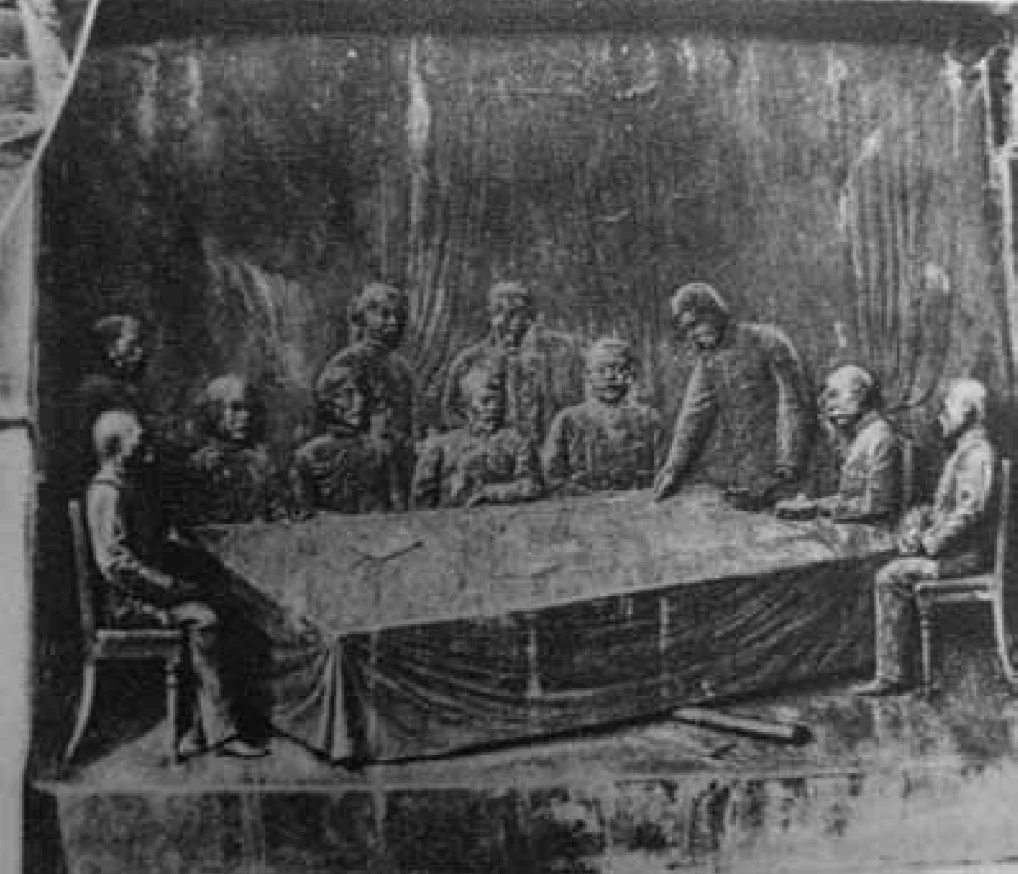摘要
九〇年代台灣原住民文化復振現象中,許多原住民紛紛投入藝術工作的行列並回歸部落;並以主體之姿,扮演了展現文化內涵的重要角色。然而,短暫的藝術創作蜜月期過後,許多創作者面臨了對自身文化認識不足或所屬部落族群文化衰微、崩解而在創作上無法充分表達的的窘境,甚而落入刻板印象的再製造;或因無法面對部落的社會文化問題與生活觀念落差,而產生了回歸不了部落的焦慮與苦悶。
九〇年代關於當代台灣原住民藝術定位的相關議題,其中以季.拉黑子的木雕創作曾被質疑為不是原住民藝術,備受矚目並受到廣泛的討論。當許多討論朝向為當代台灣原住民藝術定義與定位時,一種普遍被認知的原住民藝術觀念,正不斷影響當代台灣原住民藝術的創作表現。這種普遍為殖民時代的審美態度、觀光的異文化想像以及政治的多元文化表徵需求所影響與服務的原住民藝術,至九〇年代卻普遍成為原住民主體的文化傳承方式。
本文即試圖從季.拉黑子找尋、釐清、批判、擺脫到走出普遍認知的原住民藝術的歷程,探究九〇年代台灣原住民藝術的創作意識在強調文化傳承、主體覺醒與建構的正當性下,同時面臨的文化貧困與矛盾兩面;以及如何超越原住民對自己的設限並逐漸開拓自己與當代台灣原住民藝術的創作意識與表現方式,並成為探討當代台灣原住民藝術的象徵人物之一。
關鍵詞
季.拉黑子、原住民藝術、創作意識、文化傳承
Abstract
In the 90's Taiwan aboriginal cultural revival phenomenon, many aboriginals are not only becoming devoted into art creation and returning to their own tribes, but also playing the important role of revealing their cultural deep inside as the subject of the their own culture. However, after the short honeymoon periods of art creation, many artists began to be stuck in the quandary of the deficiency of the knowledge of their own culture, or in the quandary of being unable to express completely in their creation because of the decline or breakup of their tribes, or even stuck in the re-production of the stereotypes. Some even became agonized about not able to return to their own tribes because they cannot deal with the social and cultural problems in the tribes, and the difference of life attitudes in between.
Among the concerned issues about the identification of the contemporary Taiwan aboriginal arts in the 90's, Gi.Lahatze's wood carving art has been questioned as not one of the aboriginal arts and has aroused a wide discussion. While a lot of discussions lead to defining and identifying the contemporary Taiwan aboriginal art, one commonly recognized aboriginal art idea has been constantly influencing the creation of Taiwan aboriginal art. This kind of aboriginal art influenced by and served for the colonial aestheticism, acculturation through tourism, and political multi-cultural symbol needs, has commonly become the bridge between the old and new aboriginal cultures in the 90's.
This thesis tries to explore the consciousness of the 90's Taiwan aboriginal art, which faces the cultural poverty and the conflict under the legitimacy of emphasis on cultural heritage and subject awakening, from Gi.Lahatze's process of creation, from looking for, clarifying, judging, breakaway, into the commonly recognized aboriginal art. It also tries to find out how he transcends his limitation of being an aboriginal, and began to pioneer himself, the consciousness of Taiwan aboriginal art creation, and expressing ways, and how he became one of the representatives while discussing about the issue of the contemporary Taiwan aboriginal art.
Keywords
Gi.Lahatze, Aboriginal art, Creation Consciousness, cultural heritage.

